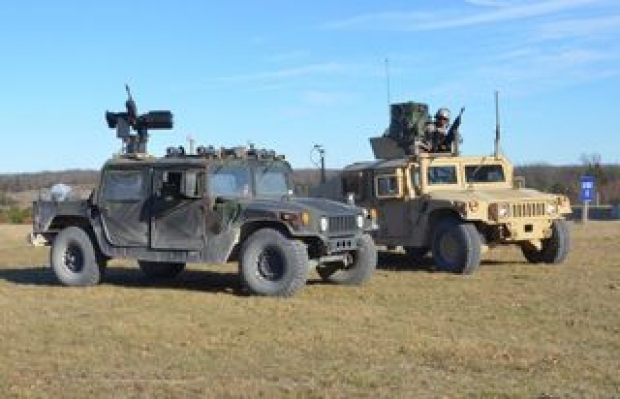Talking to a whoop of politicians on Capitol Hill this month, he said the core technologies will be the same.
According to Griffin, 52 percent of casualties in combat zones can been attributed to military personnel delivering food, fuel and other logistics. Removing people from that equation with systems run on artificial intelligence could reduce injuries and deaths significantly.
“You’re in a very vulnerable position when you’re doing that kind of activity. If that can be done by an automated unmanned vehicle with a relatively simple AI driving algorithm where I don’t have to worry about pedestrians and road signs and all of that, why wouldn’t I do that?”
The Pentagon has a long history of support that helped to develop or refine key technologies that become widespread later, including space flight and the internet.
Griffin said the Pentagon “absolutely must leverage” what private companies are doing to develop self-driving cars, though he didn’t mention any by name and his office declined to comment when asked for more details about the Pentagon’s plans.
The Army is looking at developing unmanned tanks and smarter vehicles for bomb disarmament, though many of those technologies will be remote-controlled, not autonomous.
Major Alan L. Stephens, an officer at the Mounted Requirements Division of the US Army Maneuver Center of Excellence in Georgia, said in December that the Army wants to start testing light, fast remote-controlled tanks with the same firepower as the current 70-plus-ton manned M1 Abrams tank within the next five years.




